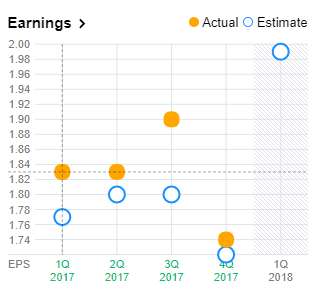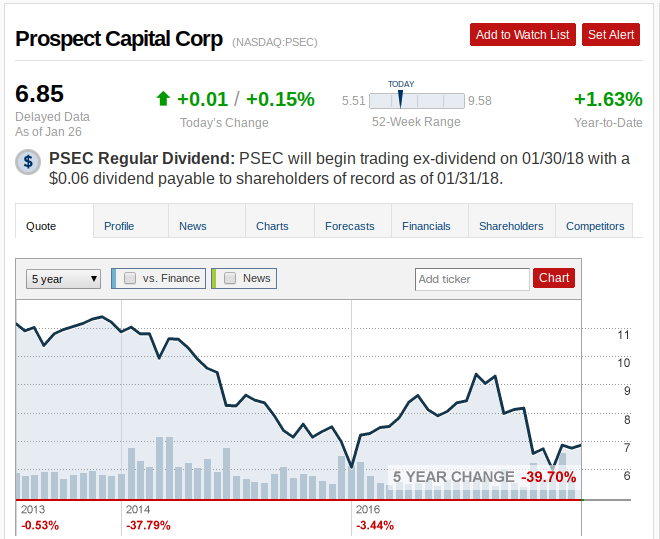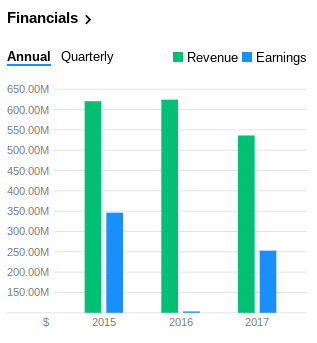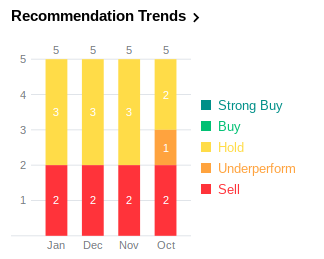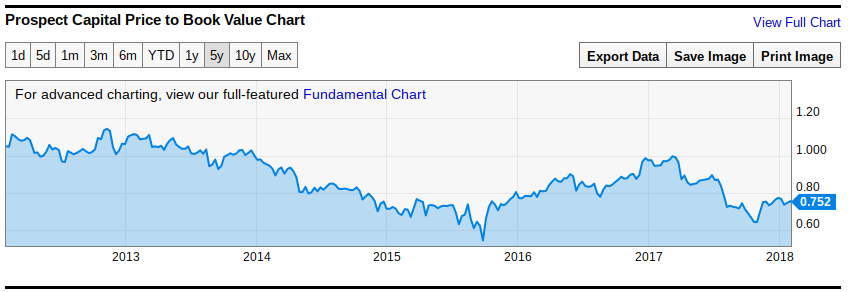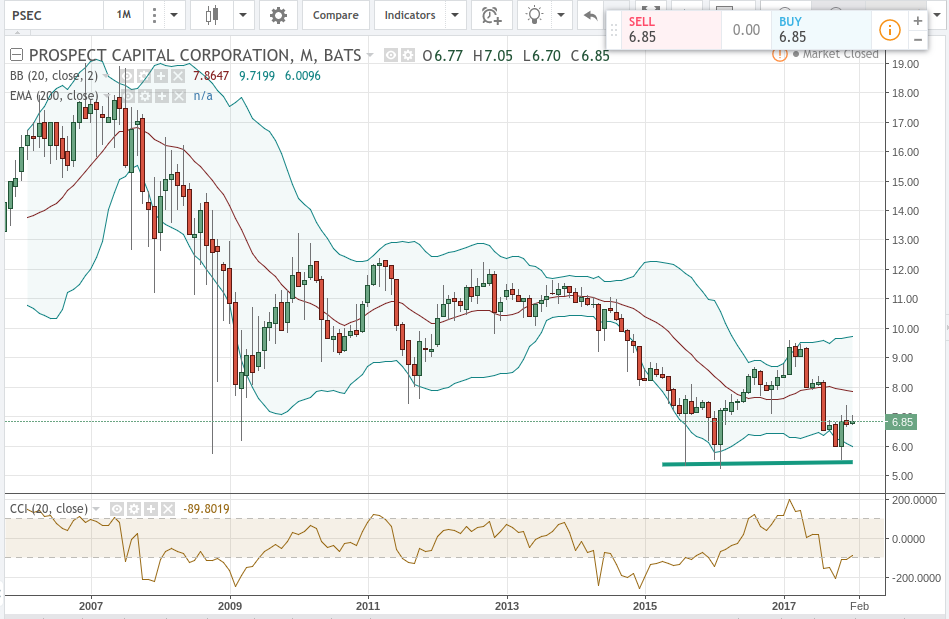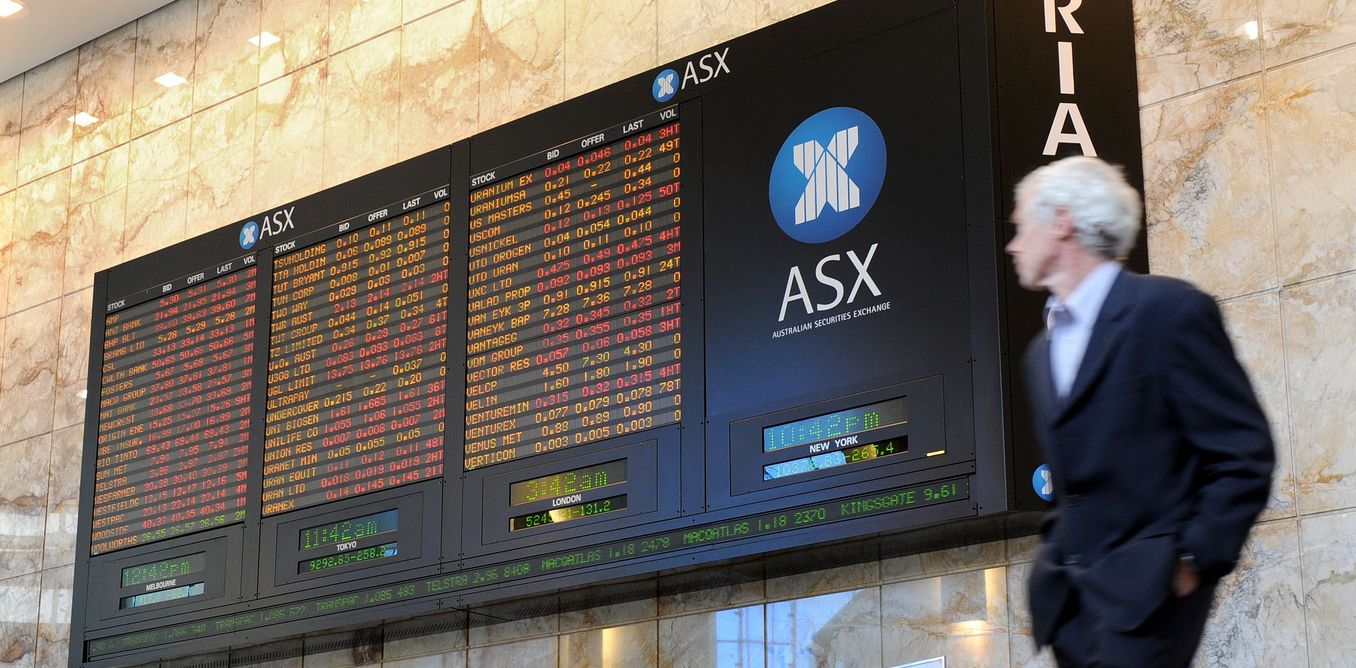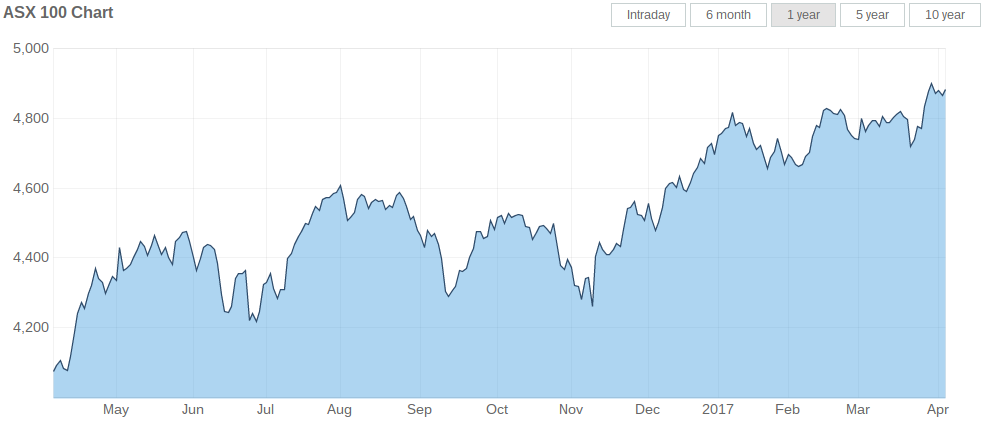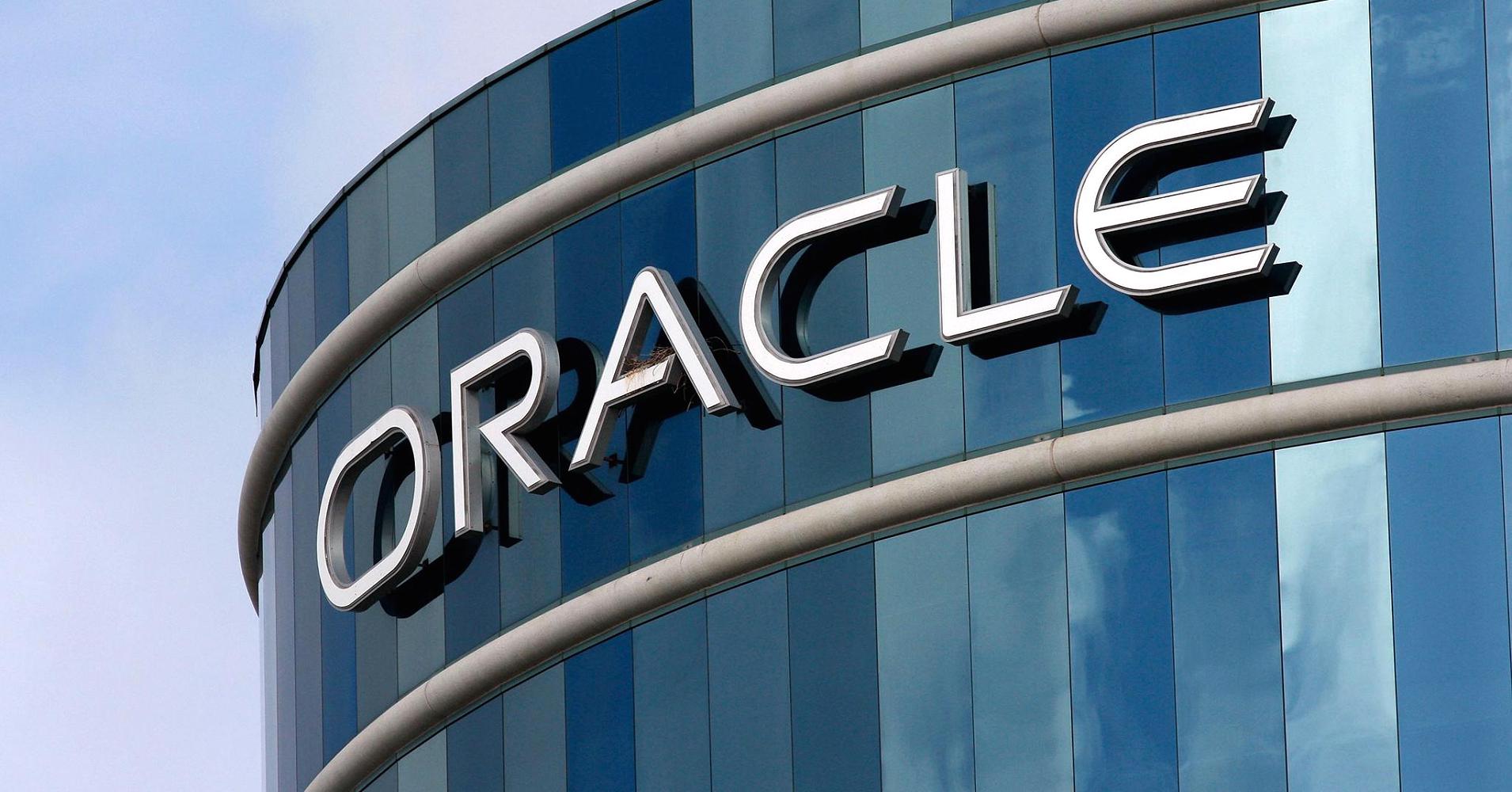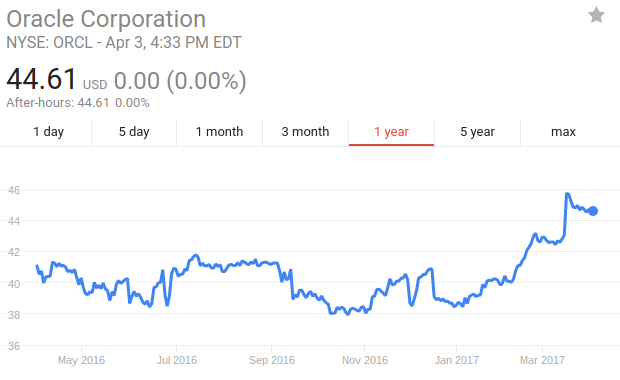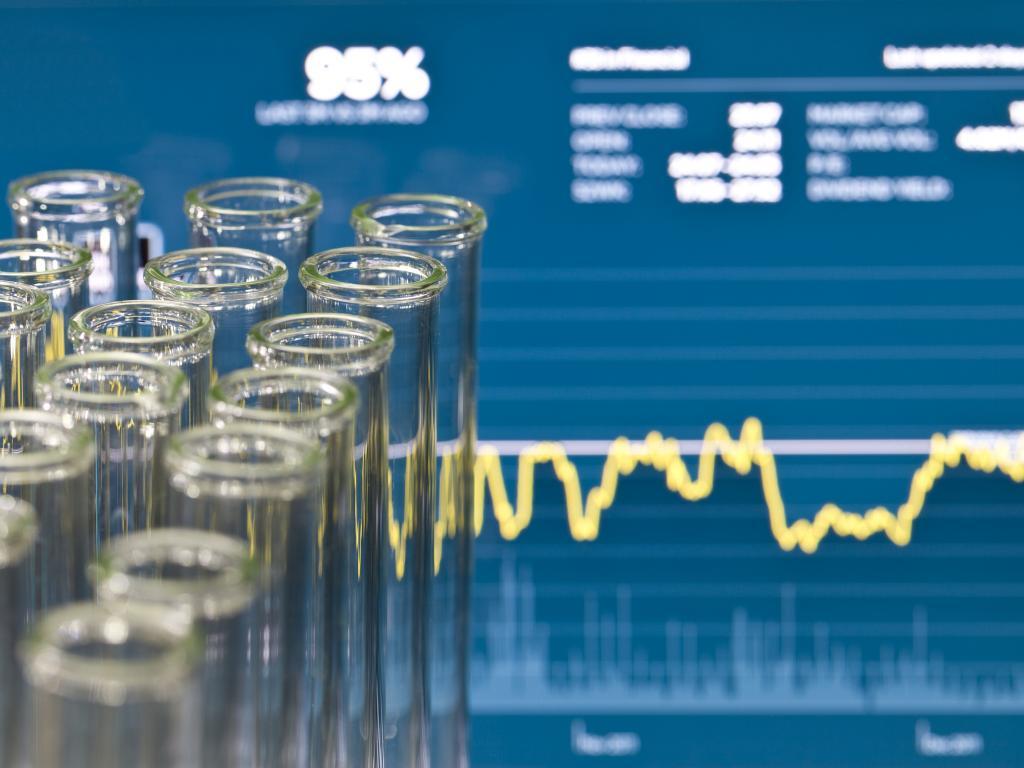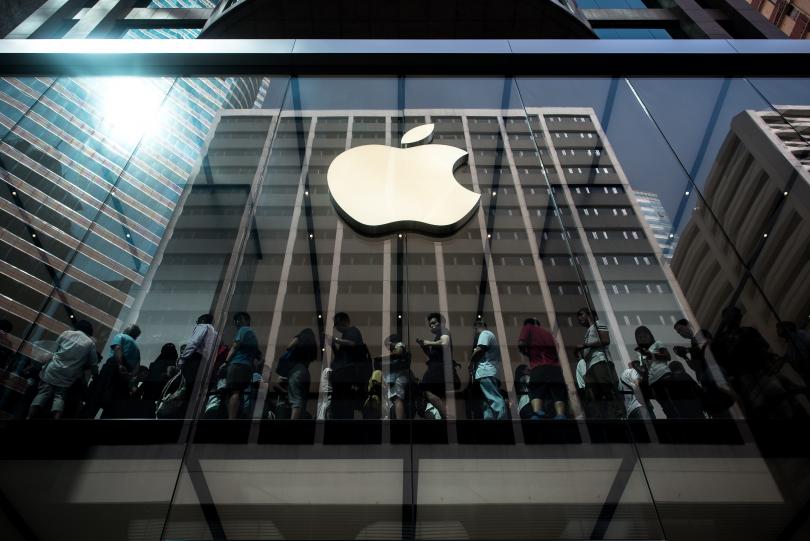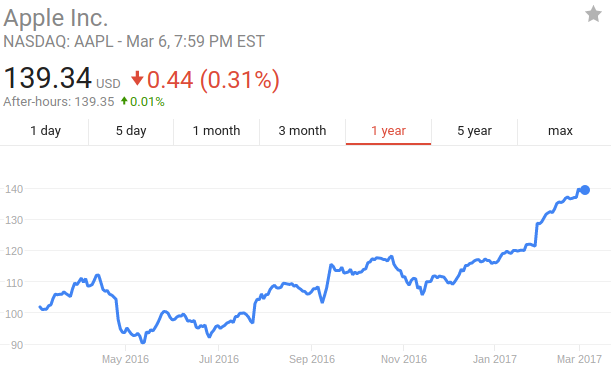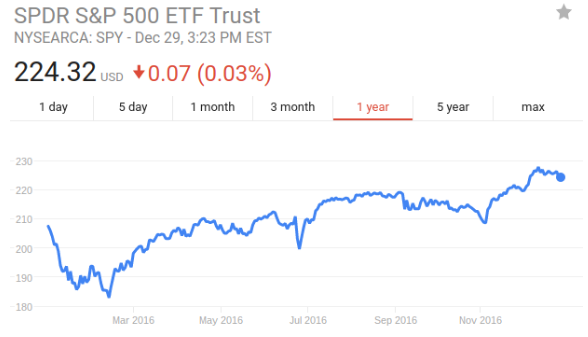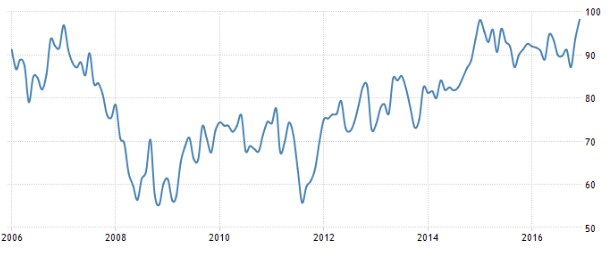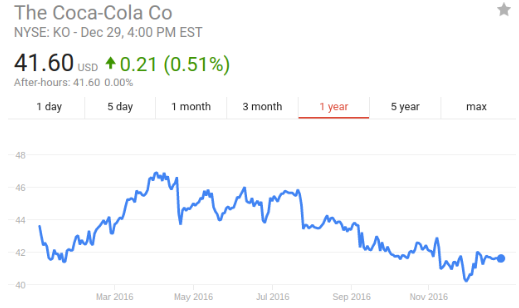Enterprise Valuation Techniques: Determining a Company’s Total Worth
The companies that have the potential to be successful entice investors to venture their capital to them. Although, a slothful evaluation with these robust companies always comes with a price. Investors must scrutinize thoroughly if these companies are worth buying for.
Company Valuation is an overall system of thoroughly appraising the economic value of an entire business. Company Valuation is used in order to estimate the fair market value of a business for several purposes. Aside from buying and selling shares, the process in determining an enterprise’s value is also beneficial in settling disagreements concerning taxation, distribution of business acquisition value with business assets, shareholder or partnership interests, and divorce proceedings. There are several useful techniques that can be utilized for company valuation depending on what aspect of that company you want to focus on such as: discounted cash flow valuation, times revenue method, market capitalization, liquidity valuation, valuation by share price, valuation by comparing companies, valuation through financial ratios, asset-based valuation, and earnings-multipliers.
Company valuation is a complicated financial evaluation that must be done by qualified valuation accountants awarded with a professional designation. This process will give aid especially to owners who are reaching a deal in selling their company and investors who are willing to buy a business. In this article, we are going to discuss the different methods in calculating an enterprise’s worth to raise awareness on how and why these methods are used.
Discounted Cash Flow Valuation
Discounted Cash Flow is a method of appraising the worth of a company through forecasting its forthcoming cash flows. Through this valuation technique, sequences of assumptions are used in concluding cash flows forecasts regarding the potential performance of a company. Subsequently, the projected company performance will be interpreted to forecast the possible cash flow provided as a result of the operations of the company.
This technique estimates the enterprise’s value by means of the Net Present Value method. NPV method is a contemporary way of assessing investment offers. This technique is based on the time value of money which estimates the return on investment by considering the factor of the time element. Using the NPV method, cash flows of the investment projected must be logically assumed. Correct discounts are recognized in the NPV method in order to mark down cash flows. For you to calculate the present value of cash flows, the opportunity cost must be considered as the discount rate.
Discounted Cash Flow has been used in most situations because it calculates the company’s value with accuracy. Therefore it is the most reliable valuation technique that exists today. Despite all of that, the DCF method also comes with some risks.
Why Discounted Cash Flow Should Be Analyzed
Valuation through the use of the Discounted Cash Flow method is beneficial for the owners since the cash of a company is what they are mainly concerned about. The DCF method help makes assumptions regarding the future cash flow to be generated by a company. Despite the affirmative earnings, a company that has unstable liquidity will not be attractive for investors since it is unable to pay off its obligations.
Valuation Methods: Revenue Multiples
The Times Revenue method is a business valuation technique useful for estimating a company’s worth. For this method, the basis of verifying the highest value of a company is the multiple of the current revenue in which affected by a variety of factors such as the status of the industry in which the company belongs and its macroeconomic setting. Under this method, a company is valued on the range between 2 revenue multiples.
For example, a company that gained revenue worth $2 million for the current year is valued between 2x to 4x revenue. Therefore, it will have a total value of between $4 million to $8 million.
Why Revenue Multiples Should Be Analyzed
The Times Revenue method may appear for some as an unreliable valuation technique in determining the current value of a company. The reason behind the doubt in using this method is that the continuous revenue growth does not indicate profitability growth. Despite its undependability, this method is advantageous for financial analysis in which the revenue is used as an independent variable and its limitations are manageable for complex analysis purposes. Thus, the Times Revenue method is still favorable for buyers because it estimates the purchase price offered by them.
Market Capitalization
Market Capitalization is the most uncomplicated and the easiest method you can understand since this determines the worth of a company based on the total value of all the company’s stocks. This technique is used in estimating a company’s value by simply multiplying the company’s number of outstanding shares to the price per share. For instance, a company is selling 100,000 outstanding shares for $50 per share. Therefore, the company could be appraised at $5 million.
Why Market Capitalization Should Be Analyzed
If you want to compare companies, this valuation method will be reliable in evaluating their relative size because it measures its value on the open market. In addition, it allows predicting its potential growth in the future and helps to determine risks in obtaining which makes the method a dependable basis for investors who are interested in buying shares of stock.
Risks Using Market Capitalization
Although the Market capitalization is the simplest method, this is not the most effective way to appraise a company’s value because the share price is only based on the declared value in which the real value of the company may not be considered. Your evaluation of business might be put in jeopardy if you rely exclusively on this valuation technique. These are the reasons why depending on the Market Capitalization alone will bring uncertain company valuation results:
- The share price is constructed through the foreseeable positive outcome of an upcoming set of products of a company. These newly-launched products might end up as a failure and will result in a decrease in the share price.
- The share price might be based on an inaccurate forecast about the development of the company. The mistakes on the company’s projection might be the result of taking it as an insignificant part of the valuation.
- The share price is based on the historical growth in which the company expects to continue. Using solely the past development of a company is a slothful way of estimating a company’s value.
- The share price is being relied on news reports or rumors that are unnecessary in completing the company valuation.
- The share price is irrelevant to the company’s value if it is being traded inactively.
Liquidation Value
Liquidation Value is a way of measuring the value of a company once it is bankrupt or shutting down its business. An enterprise’s worth is determined using this valuation technique by getting the amount of its cash after selling off all its assets and settling all its obligations. However, Liquidation Value is against the going concern principle which is about the presumption that a business has to continue its operation for the foreseeable future or at least 12 months.
Why Liquidation Value Should Be Analyzed
If a company is projected or planning to wind up in a span of 12 months, the Liquid Valuation is a reliable and acceptable method from the fact that it does not violate the going concern principle.
Company Stock Comparisons
Comparing companies within the same industry is one of the useful techniques in measuring a company’s value. Considering the share price of the companies sold before is an effective way to estimate your price per share. On the other hand, applying this company valuation method also has drawbacks:
- You may find comparing indistinguishable companies complicated from the fact that modification on the calculations has to be done in order to identify their distinctions.
- The sales of a company are not equivalent to another company.
- The sales report of the companies has to be up to date in order for the current fair market value to be concluded.
Share Prices and Financial Ratios
The shares undervalued by the market are attractive for value investors. They are executing this kind of game plan because they think that the underpriced valuation of the market is its exaggerated response from either good or bad news. Therefore, companies trade their shares less than intrinsic or book value. The underestimated shares by the market give value investors an opportunity to buy the shares of a company because of the shares’ future earnings power. Here are the practical financial ratios that will provide aid for company valuation:
- Price-Earnings Ratio – This ratio reveals the link between the fair market value per share and the earnings per share. It is also known as the Earnings- Multiplier method. Since a company’s profit is a more precise basis of financial performance than sales revenue, this method is frequently used to get the exact company value than the Times Revenue method. It is calculated as market value divided by the earnings per share.
- Price-Book Value Ratio – This ratio reflects the relationship between the market value and the book value per share. It is computed as market value divided by the book value per share.
- Price-Sales Ratio – The price to sales ratio determines the percentage appraised by the company per dollar of the sales. It is computed as market capitalization (or the number of outstanding shares multiplied by the price per share) divided by the total sales over the past 12 months.
- Price-Cash flow Ratio – This ratio measures the correlation between the market value per share and the generated cash flow. To calculate the ratio, get the company’s market capitalization and divide it by the operating cash flow for the past 12 months.
- Price/Earnings-Growth (PEG) Ratio – The PEG ratio finds out the proportion between the Price/Earnings Ratio and the projected earnings growth of a company for the given years. To get the ratio, take the Price-per-Earnings ratio and divide it by the expected earnings-per-share growth.
Asset-Based Valuation Using the Going Concern Approach
Just like the Liquidation Value, this method uses a simple formula in order to get the value of a company. The only difference is that the going concern approach supposed that the company will continue its operation without being at risk of liquidation. This method calculates the fair market value of the total assets including intangible assets such as trademarks and patents.
However, the way how intangible assets are being measured is different from the valuation of the other assets. The value of marketable securities already has a determined fixed value. The intangible assets are appraised under the discretion of the company which might result in overvaluation. The techniques mentioned are the commonly-used company valuation method in the present day. These methods are known from their dependability towards precise valuation. The methods that are also useful include breakup value, replacement value, and a lot more.


